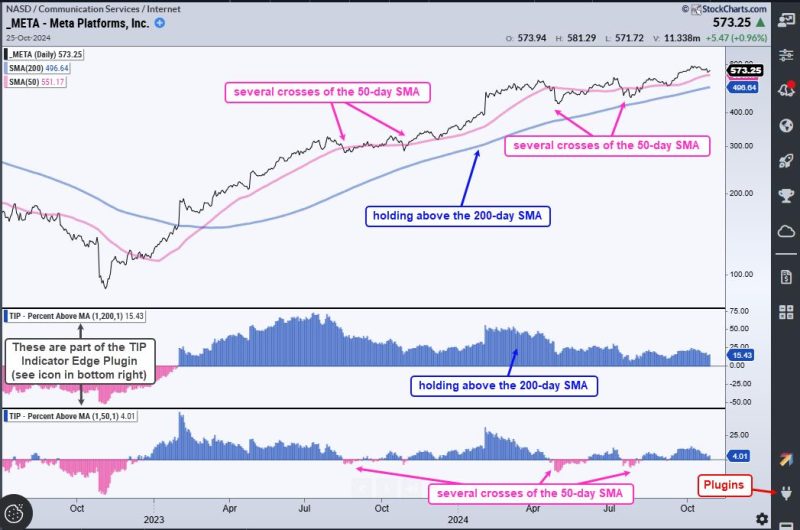Indicators play a crucial role in enhancing the efficiency and profitability of trading strategies. With the right indicators in place, traders can gain insights into market trends, make informed decisions, and ultimately improve their edge in the competitive world of trading. In this article, we will explore two key indicators that can be particularly useful for traders looking to enhance their edge.
Moving Averages:
Moving averages are widely used indicators that help traders identify trends and potential trading opportunities. By analyzing the average price of an asset over a specific period of time, moving averages provide valuable insights into the direction of the market. One popular approach is to use a combination of short-term and long-term moving averages to identify trend reversals and entry/exit points.
For example, the crossover strategy involves using a short-term moving average (e.g., 50-day) and a long-term moving average (e.g., 200-day). When the short-term moving average crosses above the long-term moving average, it indicates a bullish trend, signaling a buy opportunity. Conversely, when the short-term moving average crosses below the long-term moving average, it suggests a bearish trend, prompting traders to consider selling their positions.
Stochastic Oscillator:
The Stochastic Oscillator is another powerful indicator that can help traders improve their edge by identifying overbought and oversold conditions in the market. The Stochastic Oscillator compares the closing price of an asset to its price range over a specific period of time, typically 14 days. It generates values between 0 and 100, with readings above 80 indicating that the asset is overbought and readings below 20 suggesting that the asset is oversold.
Traders can use the Stochastic Oscillator to pinpoint potential reversal points and make more informed trading decisions. For instance, when the Stochastic Oscillator reading crosses below 80 from above, it could signal a bearish reversal, prompting traders to consider selling their positions. On the other hand, when the Stochastic Oscillator reading crosses above 20 from below, it could indicate a bullish reversal, suggesting a potential buy opportunity.
By incorporating moving averages and the Stochastic Oscillator into their trading strategies, traders can gain a competitive edge in the fast-paced world of trading. These indicators provide valuable insights into market trends, help identify potential entry/exit points, and enable traders to make informed decisions based on data-driven analysis. Whether you are a novice trader or an experienced investor, mastering these indicators can significantly improve your trading performance and profitability.



























